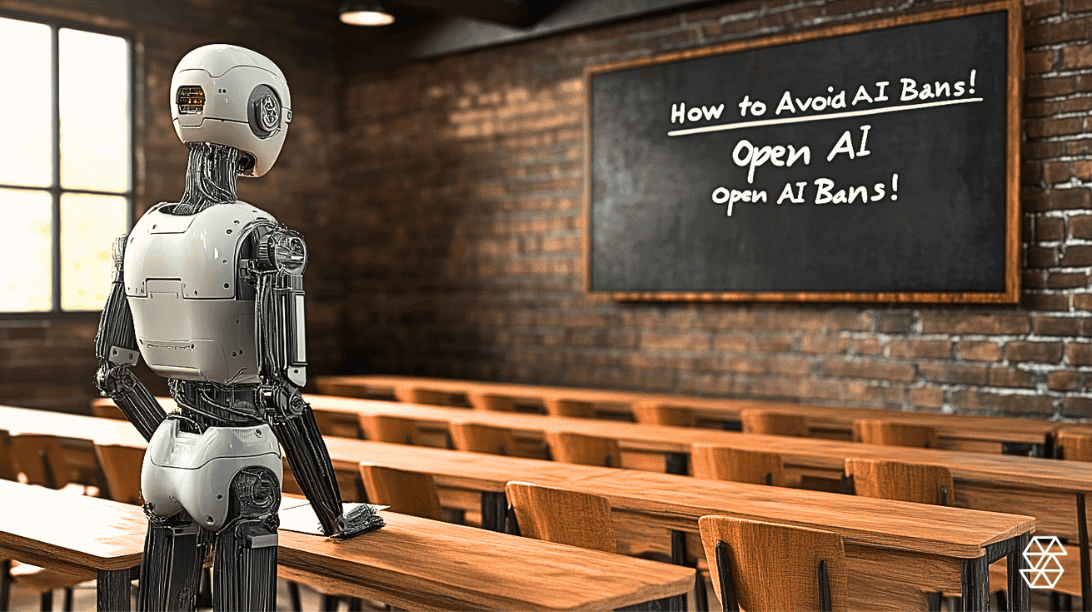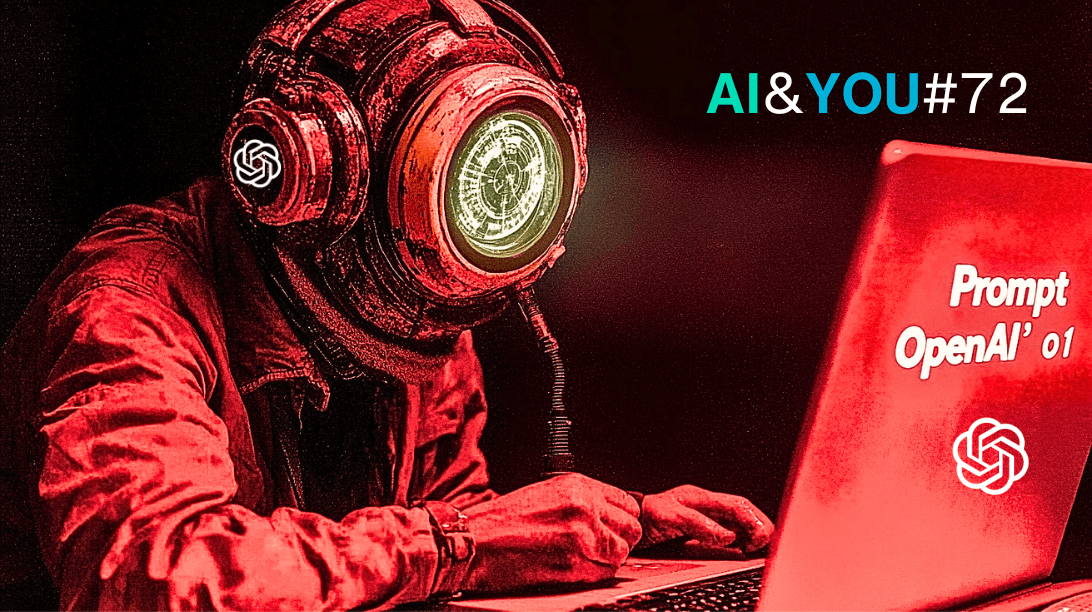Data Requirements for Building an AI Expert Worker in Education
In the realm of educational technology, the rise of artificial intelligence (AI) is reshaping how institutions approach student learning and engagement. As we discussed in our previous blog on "How We Build Our AI Expert Workers for Education," the promise of AI in the academic sector is vast and transformative.
But what does it truly take for an institution to harness the power of an AI persona, especially when it comes to data?
Generative AI systems are more than just another addition to the Edtech toolkit; they represent a paradigm shift in how educational processes are approached. From artificial intelligence tools that enhance critical thinking to AI personas that personalize the learning experience, the landscape of educational technology is evolving at an unprecedented pace.
However, for education leaders looking to embark on this journey, understanding the data requirements is crucial. It’s not just about having the right AI capabilities but ensuring that these AI workers are fed with the right information. This ensures that natural language processing (NLP) components of AI can function optimally, offering students a seamless and enriched learning experience.
But with great power comes great responsibility. As institutions delve deeper into AI implementation, they must also be cognizant of privacy risks and ensure that student data is protected at all times.
In this article, we’ll explore the data prerequisites for integrating AI Expert Workers into your institution, ensuring that these AI systems are not just effective but also aligned with the ethos of educational technology.
Whether you’re an education leader or a tech enthusiast, understanding these requirements is the first step towards a future where student learning is enhanced by the unparalleled capabilities of AI.
Understanding AI Expert Workers
AI Expert Workers are a revolutionary concept. But what exactly are they? At their core, AI Expert Workers are advanced AI systems designed to simulate human expertise within specific domains. Unlike generic AI tools, these workers are tailored to possess deep knowledge and understanding in their designated areas, making them invaluable assets in specialized sectors like education.
In the context of the educational sector, AI Expert Workers offer a myriad of possibilities. They can serve as virtual tutors, assisting students in areas they find challenging, or act as administrative aids, streamlining processes that traditionally consume significant time and resources. Their ability to process vast amounts of data using machine learning and natural language processing allows them to provide real-time, personalized feedback, enhancing the student learning experience.

Moreover, these AI systems are not just about automating tasks. They are designed to think, reason, and even engage in critical thinking, much like a seasoned educator would. This means they can adapt to different learning styles, understand the nuances of academic curricula, and even engage in meaningful interactions with students.
For education leaders, the potential of AI Expert Workers is undeniable. They represent the next frontier in educational technology, promising a future where institutions can offer a more personalized, efficient, and enriched learning environment, all powered by the capabilities of artificial intelligence.
Core Institutional Data
The foundation of any successful AI Expert Worker implementation lies in the quality and comprehensiveness of the data it’s built upon. Core institutional data forms the bedrock of this foundation, providing the AI with the essential knowledge it needs to operate effectively within an educational setting.

Let’s explore some of the critical components of this data:
- Academic Curricula: At the heart of any educational institution is its curriculum. Detailed syllabi, course structures, and academic calendars provide a roadmap of the academic journey students undertake. By integrating this data, AI systems can offer insights into coursework, suggest relevant reading materials, or even help students plan their academic schedules, ensuring they’re on track to meet their educational goals.
Faculty and Staff Information: Education leaders, professors, and administrative staff are the pillars of an institution. Their profiles, academic backgrounds, research publications, and areas of expertise offer a wealth of knowledge. By incorporating this data, the AI can provide students with information about their educators, guide them to relevant research papers, or even assist in connecting them with faculty members for specific academic queries.
Student Data: Understanding the student body is crucial for any AI aiming to serve in an educational capacity. Data such as enrollment numbers, academic performance metrics, and feedback surveys provide a holistic view of the student community. However, it’s paramount to ensure that personal data is anonymized and protected, mitigating any security risks and ensuring compliance with data protection regulations.
Event Calendars and Extracurriculars: Beyond academics, a significant part of the educational experience lies in events, seminars, workshops, and extracurricular activities. By integrating this information, the AI can keep students informed about upcoming events, help them register, or even suggest clubs and activities based on their interests.
Establishing the AI Persona’s Tone and Voice: Every institution has its unique ethos, culture, and values. Data related to the institution’s history, notable alumni, mission statements, and even marketing materials can be invaluable in shaping the AI persona’s tone and voice. This ensures that interactions with the AI not only provide information but also reflect the spirit and identity of the university.
Harnessing this core institutional data ensures that AI personas are not just another tech tool but a deeply integrated part of the educational ecosystem, equipped to assist, guide, and enhance the student learning experience at every turn.
Dynamic Data Streams
The power of these AI systems isn’t just in their computational prowess but also in their adaptability. This adaptability is fueled by dynamic data streams that continuously feed into the system, ensuring that the AI remains updated, relevant, and in tune with the evolving needs of the institution.
- FAQs and Query Logs: One of the primary sources of dynamic data is the frequently asked questions and queries logged by students and faculty. These can range from academic doubts, and course-related questions, to administrative queries. By analyzing these logs, the AI can better understand common concerns, anticipate questions, and provide timely and accurate responses.
Feedback Mechanisms: Feedback is the cornerstone of improvement. Regular inputs from students, faculty, and staff play a pivotal role in refining the AI’s knowledge base and response mechanism. This iterative feedback loop ensures that the AI’s interactions are not just accurate but also resonate with the users.
Job Boards and Career Portals: For many students, the ultimate goal of education is employment. By integrating data from job boards and career portals, the AI can provide insights into emerging industry trends, job opportunities, and even guide students on potential career paths aligned with their academic pursuits.
Incorporating these dynamic data streams enhances the AI capabilities, making it a more robust and valuable tool for educational institutions. It ensures that the AI is not just a static entity but a continuously evolving partner, adapting and growing in tandem with the institution’s needs.
Ethical Considerations and Data Privacy
In the age of digital transformation, the integration of artificial intelligence into educational technology brings forth not only opportunities but also responsibilities. As we harness the power of AI to enhance the educational experience, it’s imperative to prioritize ethical considerations and data privacy.- Anonymizing Personal Data: While student data provides invaluable insights for tailoring the AI’s responses, it’s crucial to handle this information with the utmost care. Anonymizing personal data ensures that individual identities remain protected, allowing the AI to function effectively without compromising student privacy. This approach not only safeguards students but also builds trust, ensuring that the educational community can confidently interact with the AI.
Compliance with Data Protection Regulations: Whether it’s GDPR in Europe or other regional data protection laws, compliance is non-negotiable. Education leaders must ensure that their AI tools adhere to these regulations, guaranteeing the protection of personal data and mitigating potential security risks. Regular audits and reviews can further ensure that the AI remains compliant as regulations evolve.
Open-Source Models and Data Privacy: Leveraging open-source models like Meta’s Llama 2 offers a dual advantage. Firstly, these models have been developed and refined by a vast community of experts, ensuring their efficacy. Secondly, they provide a framework for maintaining data privacy, allowing institutions to harness the power of AI without exposing sensitive information. By opting for such models, institutions can strike a balance between innovation and privacy.
Incorporating AI capabilities into the educational sector is undeniably transformative. However, it’s essential to approach this integration with a keen awareness of ethical considerations. By prioritizing data privacy and adhering to ethical standards, institutions can be assured that their AI Expert Workers serve as beneficial allies in the quest for academic excellence.






